Do you have that dog that acts like like a busy bee? Crazy, spun-out of control and just can’t listen for longer than a second? Or maybe you have the dog that just sits there, half asleep, and responds so slowly to your cue that everyone else in class has done 5 repetitions to your one.
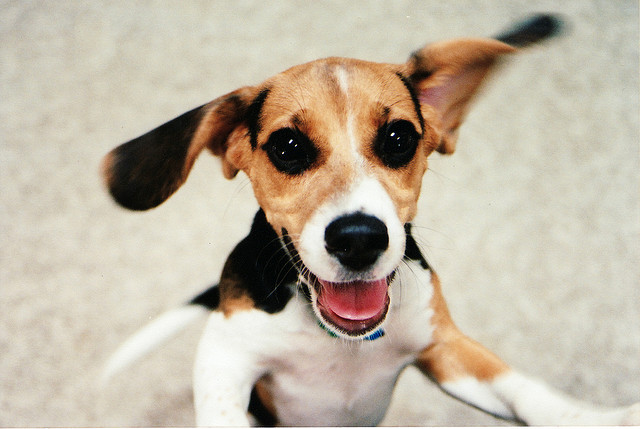
A new study by the animal experts at Duke Canine Cognition Center has proven what many dog trainers already knew – your training technique could be to blame for your dog’s trouble in training.
Researchers took 30 pet dogs, ranging in age from 8 months to 11 years as well as 76 assistance dogs from Canine Companions for Independence (a Santa Rosa, California non-profit that provides assistance dogs to people with disabilities) and tested them to see if our actions have anything to do with how the dog reacted.
The Experiment
A baseline of each dog’s temperament was established by recording them and rating their “tail wags per minute.”
Then, they put up a clear plastic barrier. One on side, was a person with a treat. On the other was the dog. The dog had to resist trying to go the most direct way to the treat (which would result in hitting the barrier) and would have to think through the situation to go around.

For one trial, the person held the treat calmly and quietly called the dog in a “flat” voice. In the next, they called the dog’s name in an excited tone while waving the treat around enthusiastically.
The Results
“The service dogs were generally more cool in the face of stress or distraction, whereas the pet dogs tended to be more excitable and high-strung,” said Emily Bray, co-author of the study and an undergraduate at Duke at the time of the study. (today.duke.edu)
While both groups solved the puzzle, there was a definitely a difference in the “optimal amount of stress and stimulation” that each dog worked better under.
Think of it like this – we all know that person, the one that waits until the last minute before something is do, because they need that stress and frenzy to work well. But we also know the person that can’t have even one thing go wrong, one tiny amount of stress, or they go to pieces.
Dogs are the same.
A dog that is already excited does not need more excitement –they will just go to pieces and won’t be able to think.
For example, the video below shows a spaniel, Charlie Brown, in the study. Charlie Brown completely loses it – barking and running around in a crazy manner, until almost out of time.
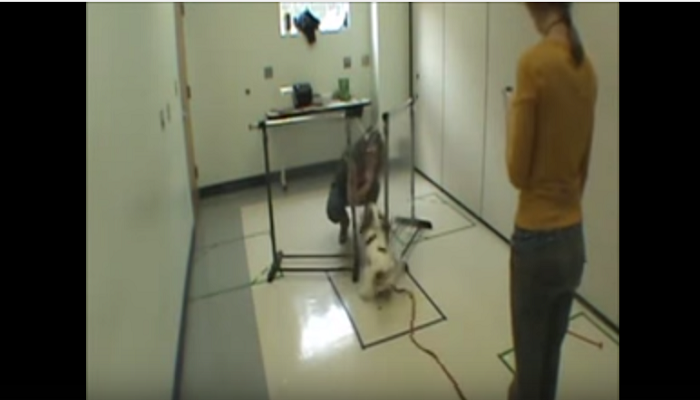
“In the first five trials she did fine and solved the puzzle quickly with no problems,” Bray said. “Then when the high-arousal trials started she choked. She just couldn’t figure it out.”
“Adding more excitement pushed the pet dogs over the edge and impaired their ability to perform at their peak,” Bray said. (today.duke.edu)
Conversely, some dogs, the ones that are calm and laid-back, need that excitement to get them “hyped up enough” to perform.
Read the full article on research here.
Applicable Use
So, how can this help you with your training? Simple! Watch your own dog – are they generally calm, laid back, slow to react? Or are they quick to bark, chase, and completely tune you out? Maybe somewhere in between?
Once you have established your dog’s personality, you can match your training techniques to your dog.
If you have a laid back dog:
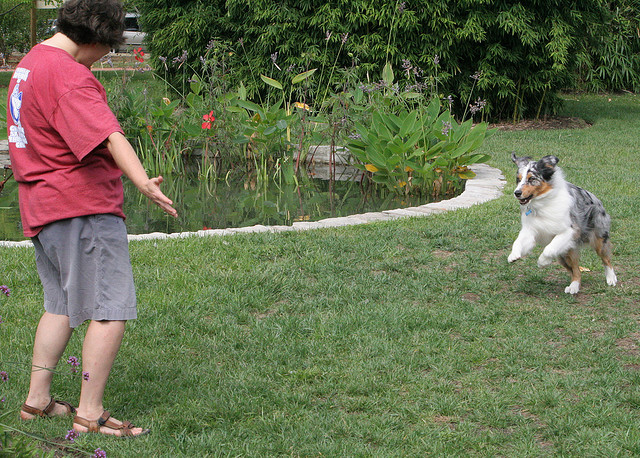
- Be excited
- Be happy
- Keep training sessions short and interesting
- Don’t ask for a lot of repetition (boring!)
- Have good rewards that your dog loves – toys are a great way to add excitement to your training.
If you have a high-strung dog:
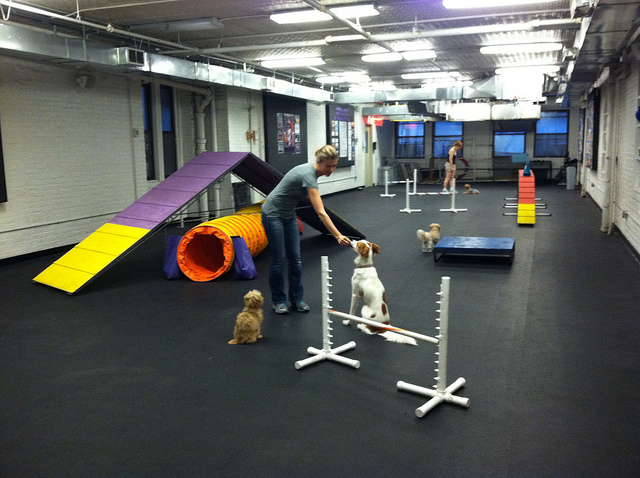
- Be calm
- Praise your dog in soothing clam ways
- Keep training sessions short (attention span!)
- Don’t ask for a lot of repetition (boring!)
- Have good rewards, but make sure the reward doesn’t send your dog over. For example, I use toys for my agility dog, but sometimes we have to put them away because the toy gets him to too excited and he can’t think to pay attention to my cues. So I have to switch back to treats, which are less exciting.
If your dog is somewhere in-between, play with the way you are training until you get the results you want – a calm, focused dog that is responding to your cues and engaged in training.
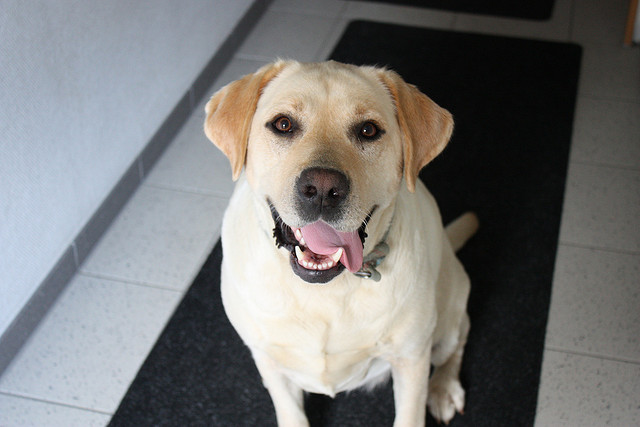
Don’t forget, this may change. As your dog get’s older, as he gets to like training more, depending on what you are training (agility is more exciting a 5 minute down stay, for example and the requirements for each are very different).
As mentioned, above, keep an eye on your dog’s state of mind and make sure he is excited enough to learn, but not so excited that he cannot think. The middle road is what you are aiming for in order to have a successful training session.
